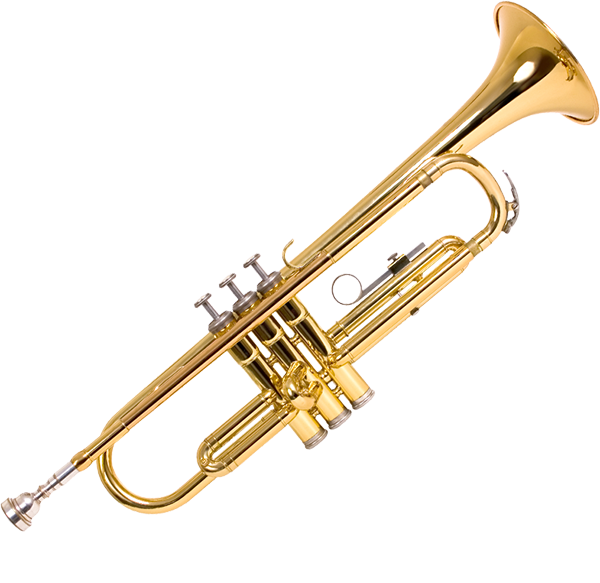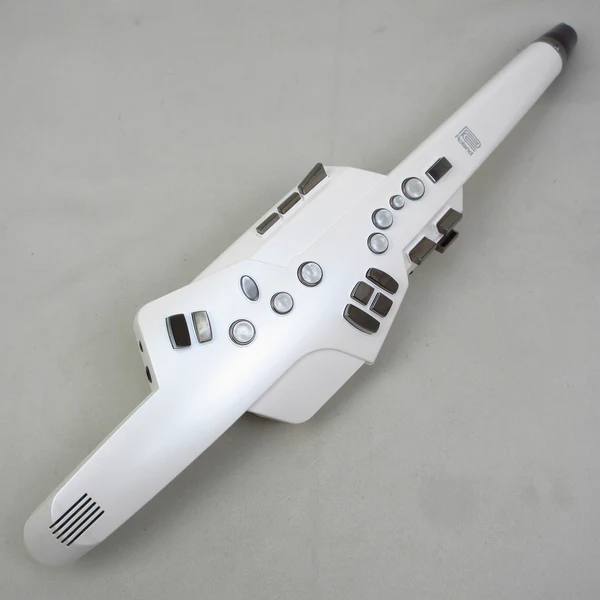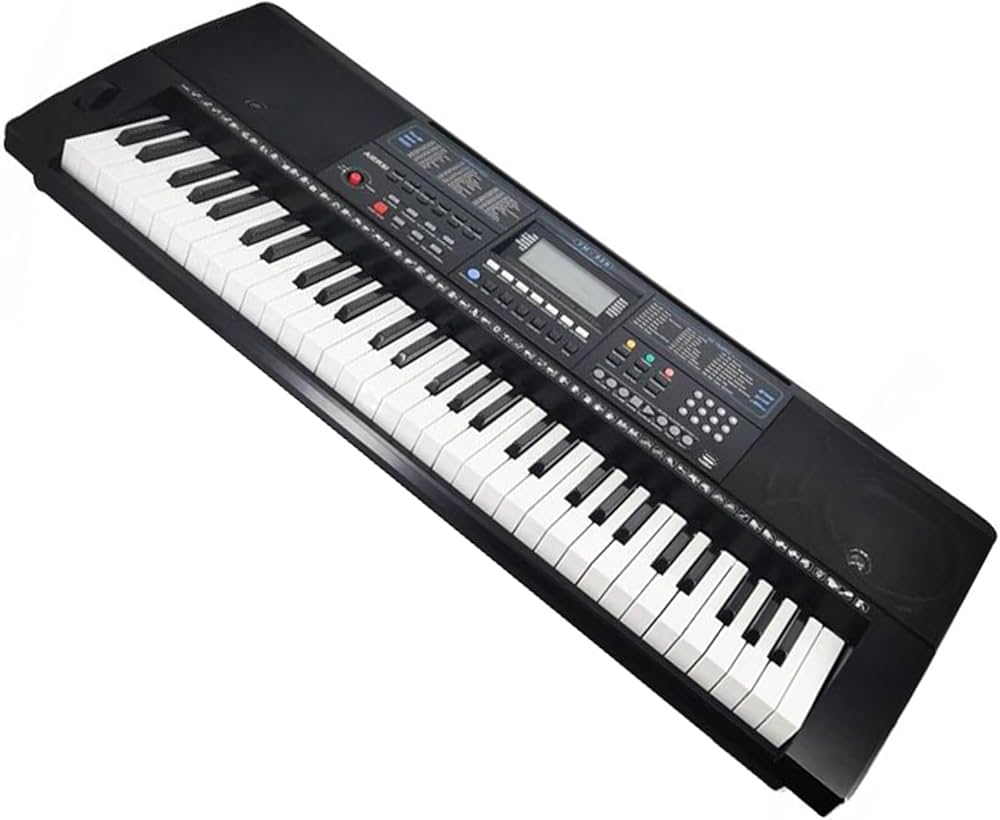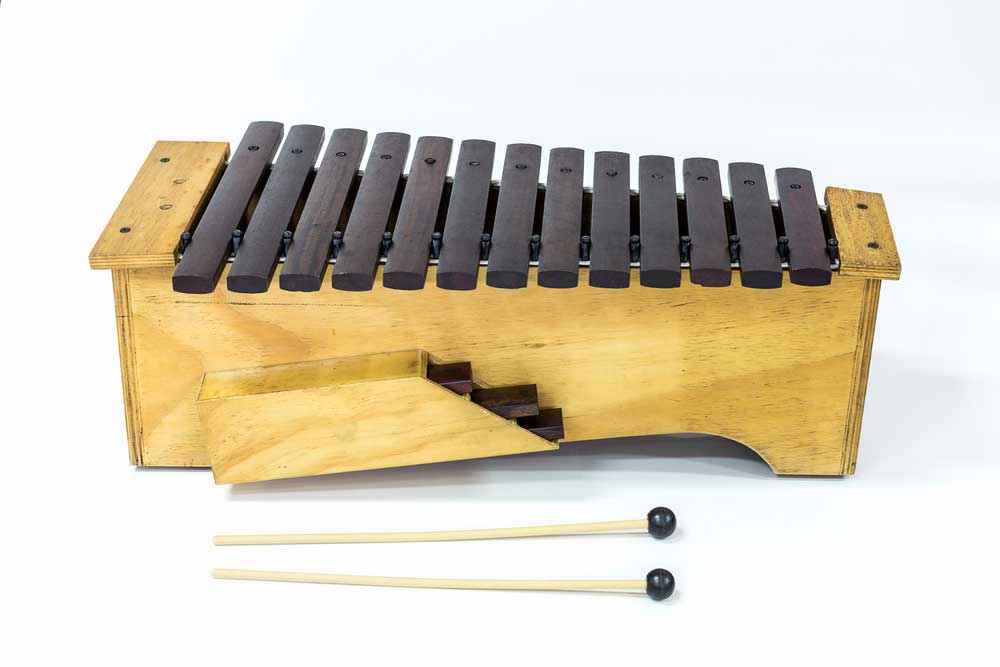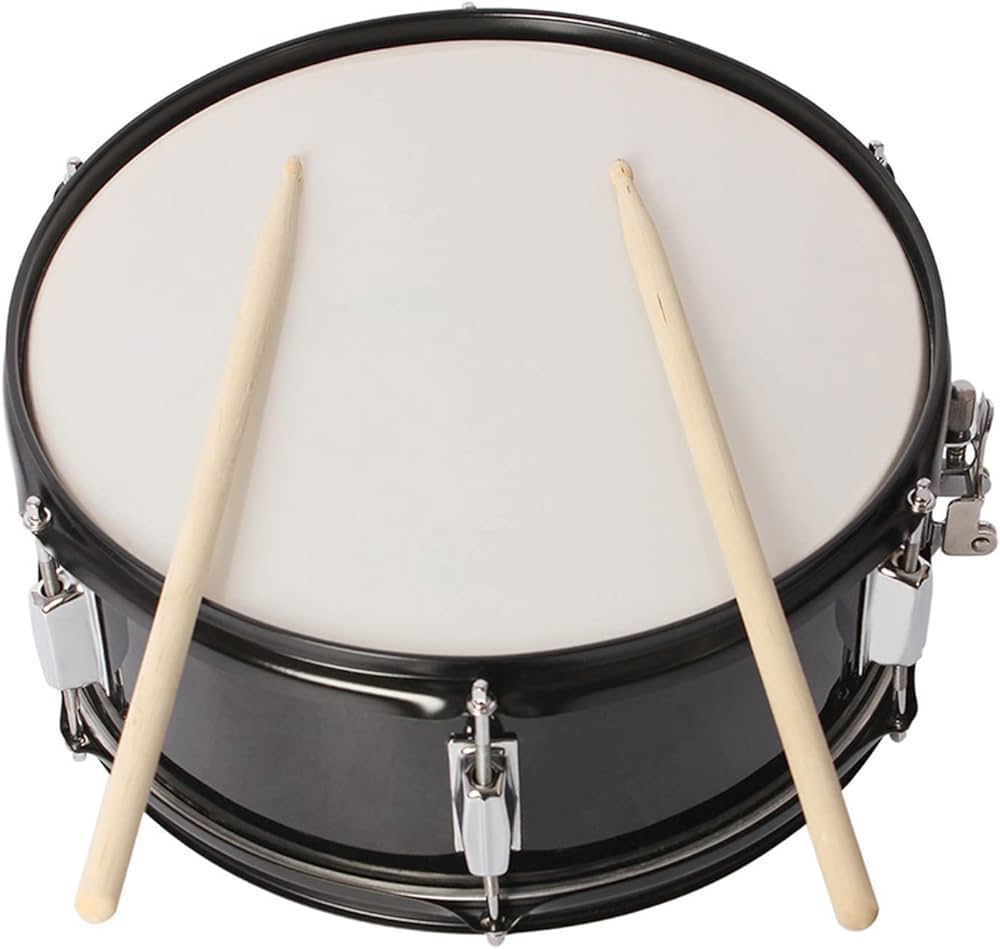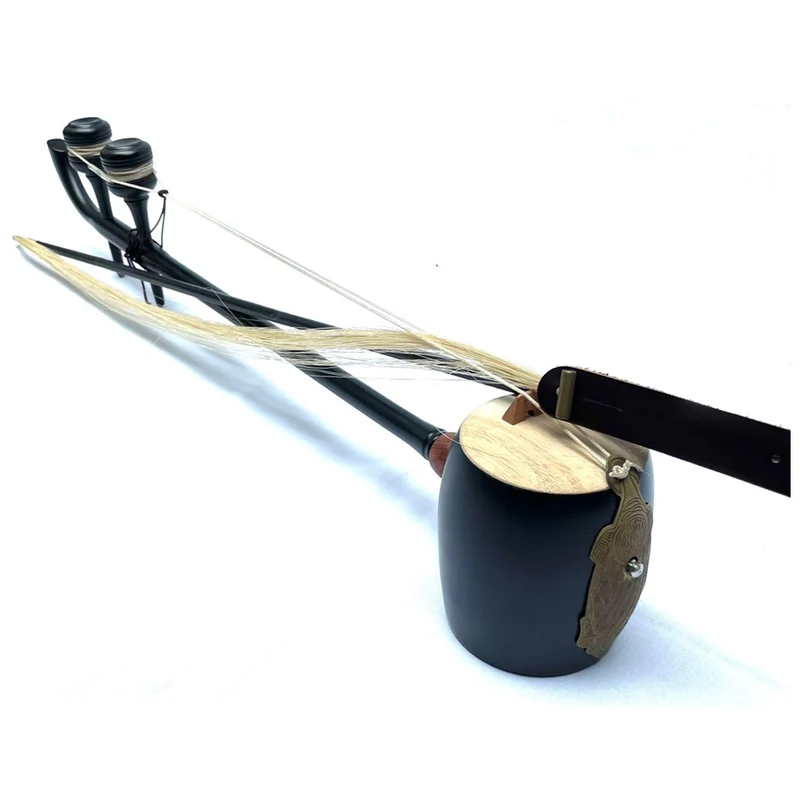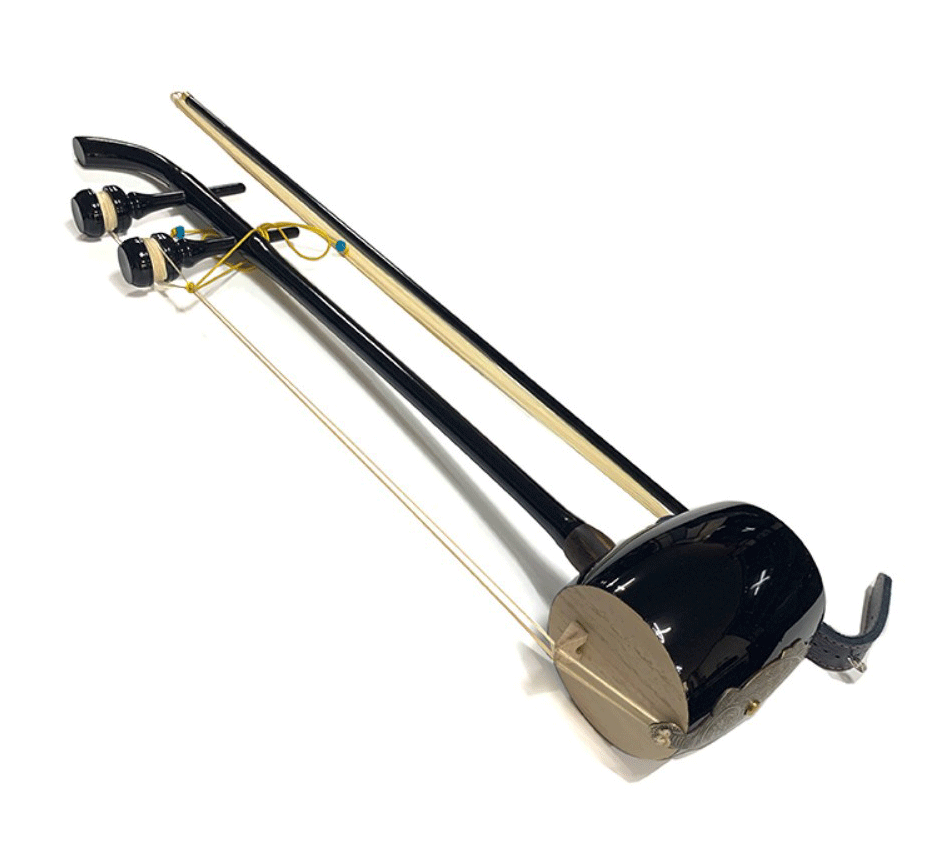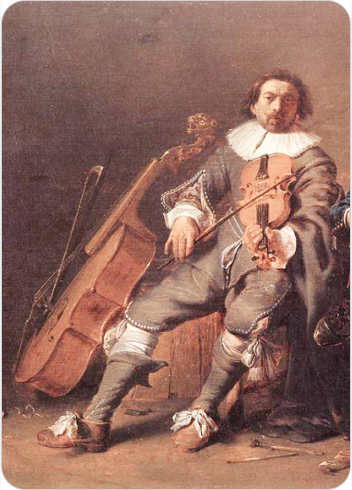Haegeum
Bowed Instruments
Asia
Between 0 and 1000 AD
Video
The Haegeum, a traditional Korean musical instrument, is a testament to Korea’s rich cultural heritage and artistic ingenuity. With its distinct two-string design and hauntingly expressive sound, the Haegeum has played an integral role in Korean music for centuries. From its historical origins to its diverse applications in both traditional and contemporary compositions, the Haegeum serves as a powerful symbol of Korea’s musical identity.
Historical Background of the Haegeum
The Haegeum has a long and storied history, dating back to the Goryeo Dynasty (918–1392). It is believed to have been introduced to Korea through cultural exchanges with China, where similar bowed instruments, such as the erhu, were prevalent. Despite its origins, the Haegeum quickly developed its own unique identity, becoming an essential part of Korean music traditions.
During the Joseon Dynasty (1392–1897), the Haegeum gained prominence as a key instrument in aak (Confucian ritual music), as well as in jeongak (court music) and minyo (folk music). Its versatility and distinctive sound made it a favorite for both ceremonial and entertainment purposes. By the late Joseon period, the Haegeum was firmly established as one of the most iconic instruments in Korea, used in various musical genres and performances.
Characteristics and Features of the Haegeum
The Haegeum’s design is simple yet elegant, with a structure that highlights its rich tonal capabilities and expressive range. The instrument’s minimalist construction allows for intricate and nuanced performances.
Design and Construction
- Body: The body, or resonator, is a small, hollow drum made from paulownia wood. The drum is often covered with animal skin, such as goat or cowhide, which acts as a resonating surface.
- Neck: A long bamboo neck extends vertically from the body. This neck serves as the framework for the strings and tuning pegs.
- Strings: The Haegeum has two strings traditionally made from silk, though modern versions may use synthetic materials. These strings are tuned a fifth apart and produce the instrument’s characteristic sound.
- Bow: The bow is crafted from a flexible stick strung with horsehair. The horsehair is treated with resin to create friction against the strings, allowing the player to produce sound.
Playing Position
The Haegeum is held vertically, with the resonator resting on the musician’s left knee. The left hand manipulates the tension and pitch of the strings by pressing them against the neck, while the right hand moves the bow horizontally to create sound. This playing style enables a high degree of expressiveness, allowing the Haegeum to mimic vocal inflections and emotional nuances.
Types of Haegeum
While the traditional Haegeum remains the most widely recognized, variations have emerged over time to accommodate different musical styles and contexts.
Traditional Haegeum: The classic design used in court music, folk performances, and traditional ensembles. It is revered for its authentic sound and historical significance.
Modern Haegeum: Adaptations of the traditional instrument designed for contemporary music. These versions may feature additional strings, expanded tonal ranges, or modified materials to suit modern performance requirements.
Decorative Haegeum: Specially crafted instruments featuring intricate carvings, lacquerwork, or inlays. These are often used for ceremonial purposes or as cultural artifacts.
Compositions and Musical Contexts
The Haegeum is an incredibly versatile instrument, capable of performing in a wide array of musical styles and settings. Its role in Korean music has evolved over centuries, showcasing its adaptability and enduring appeal.
Traditional Genres
- Jeongak: As part of Korea’s classical court music, the Haegeum contributes to the solemn and meditative atmosphere of jeongak performances. Its subtle, melodic tones blend seamlessly with other traditional instruments like the gayageum and piri.
- Minyo: In folk music, the Haegeum takes on a more vibrant and dynamic role, often accompanying dances, storytelling, and festive celebrations.
- Pansori: The Haegeum is frequently used in pansori, a traditional Korean narrative performance art that combines singing, speaking, and acting. Its ability to mimic vocal techniques makes it an ideal accompaniment for this genre.
Contemporary Music
In recent decades, the Haegeum has been embraced by contemporary musicians experimenting with new genres and styles. It has been featured in fusion music, combining traditional Korean sounds with Western classical, jazz, and pop influences. The instrument’s versatility allows it to complement both traditional and modern compositions, bridging the gap between the past and the present.
Cultural and Symbolic Significance
The Haegeum is more than just a musical instrument; it is a cultural symbol deeply embedded in Korea’s history and identity. Its significance extends beyond music, reflecting the values and traditions of Korean society.
Emotional Expression
The Haegeum’s ability to mimic the human voice has made it a powerful tool for emotional expression. Its sound can convey a wide range of feelings, from sorrow and longing to joy and celebration. This quality has made it a central element in music that seeks to capture the human experience.
Cultural Preservation
As a cornerstone of Korean traditional music, the Haegeum plays a vital role in preserving the nation’s cultural heritage. It is frequently showcased in national festivals, cultural events, and educational programs aimed at passing down traditional arts to future generations.
Spiritual Connection
In Confucian rituals and other spiritual practices, the Haegeum is often used to create a meditative and reverent atmosphere. Its music is believed to foster harmony between the physical and spiritual realms, reflecting Korea’s philosophical and spiritual traditions.
Challenges and Future Prospects
Despite its historical and cultural importance, the Haegeum faces challenges in the modern era, including declining interest among younger generations and competition from Western instruments. However, efforts are being made to ensure its continued relevance and vitality.
Educational Programs
Music schools and cultural organizations in Korea are actively promoting the Haegeum through workshops, performances, and academic studies. These initiatives aim to inspire a new generation of musicians to embrace the instrument.
Global Recognition
International collaborations and performances have introduced the Haegeum to global audiences, highlighting its unique sound and cultural significance. As more people around the world discover its beauty, the Haegeum’s future looks promising.
FAQ
What is the origin of the Gusle musical instrument?
The Gusle originates from the Balkan region and has been used for centuries in countries such as Serbia, Montenegro, and Bosnia. It is deeply rooted in the oral tradition of the region, often accompanying epic poetry and storytelling.
What is the significance of the Gusle in Balkan culture?
The Gusle holds immense cultural significance in the Balkans, symbolizing national identity and heritage. It is traditionally used to narrate historical events, legends, and heroic tales, serving as a vessel for preserving cultural memory.
What are the features of the Gusle musical instrument?
The Gusle is a single-stringed instrument made from a carved wooden body, often adorned with intricate designs. The string is typically made of horsehair, and it is played with a bow, producing a haunting and resonant sound.
 Links
Links
References
Other Instrument
Categories

